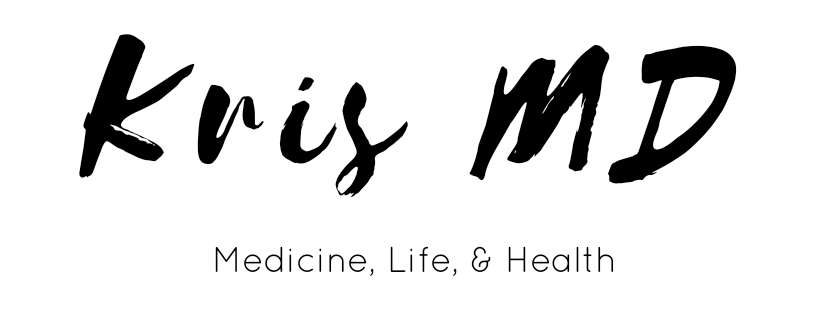Author: Kris
The Current and Future State of Anesthesiology
Hypoglossal Nerve Stimulators for OSA
UpToDate: Hypoglossal nerve stimulation for adult patients with obstructive sleep apnea. April 2024
StatPearls: Hypoglossal Stimulation Device. July 2023
Things that worked for me:
- ETT, sux (no lingering paralysis secondary to upcoming nerve stimulation)
- Propofol gtt with 12 mcg Precedex in 50cc syringe
- Fentanyl for pain
- HOB 180 degrees away
Programmed Intermittent Epidural Boluses (PIEB) for Maintenance of Labor Analgesia: A Superior Technique and Easy to Implement – PMC
Farapulse for Afib
Skillet Chicken and Kale with Garlic Mushroom Sauce – Raising Generation Nourished
New research raises questions about inflatable booster seats
Cardiac Clearance for Surgery
Are you healthy enough for surgery?
Calculators:
MDCalc: Revised Cardiac Risk Index for Pre-Operative Risk
2018 Prevention Guidelines Tool CV Risk Calculator
The Big Papers:
UpToDate: Evaluation of cardiac risk prior to noncardiac surgery. March 2024.
StatPearls: Cardiac Risk Stratification. May 2023.
Preoperative Cardiac Risk Assessment. Am Fam Physician. 2002;66(10):1889-1897.
Infographics:






How Wealthy Investors Got Rich Looting America’s Needy Hospitals
Compensation for Services
The Full Guide to Physician On-call Pay | Physicians Thrive
Physician Call Compensation Rates: 11 Determining Factors (beckershospitalreview.com)
Anesthesia Stipend Analysis (anesthesiaexperts.com)
Managing Compensation for Anesthesiologists, CRNAs and AAs (beckersasc.com)
28 Statistics on Highest Emergency On-Call Coverage Per Diem Payments (beckershospitalreview.com) –> 2012 data 
Hospital Call Stipends : r/anesthesiology (reddit.com)
Anesthesia Management: MGMA: No guarantees for physician on-call pay | Anesthesia Experts –> 2014 post 
Locum tenens compensation trends by specialty | 2023 report (locumstory.com)
Understanding Call Pay Compensation Methods – Coker (cokergroup.com)
Developing an Anesthesia Compensation Model That Makes Sense | Change Healthcare



